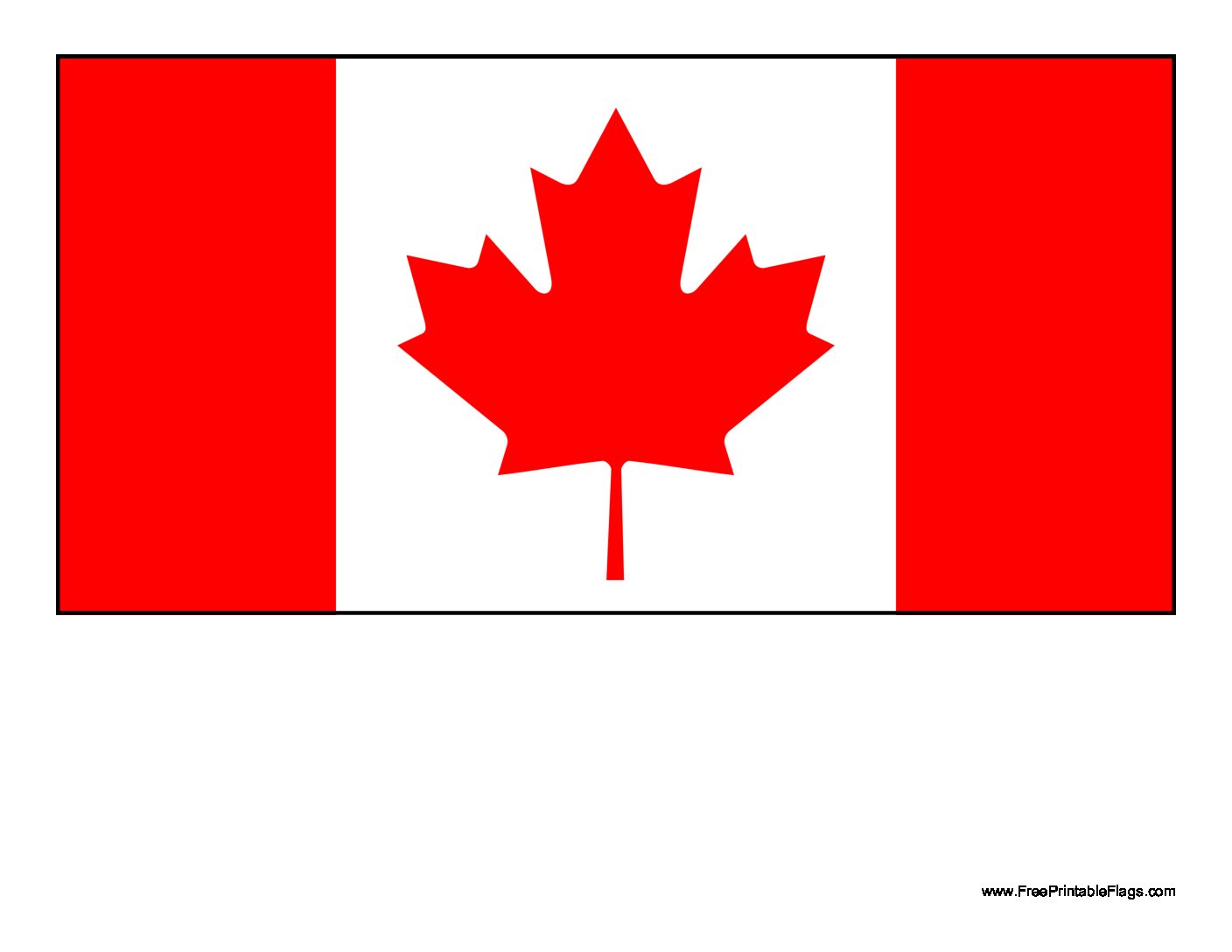While donor-advised funds are familiar to those of us in the United States, DAFinitive® also features sponsors and funds from other countries. International DAFs may not be as numerous as those in the US, but they do exist and they provide valuable information for research and valuable philanthropic options for donors.
DAFinitive®’s northern neighbor, Canada, has used DAFs since 1952. The very first donor-advised fund was established at the Vancouver Foundation by Whitford J. Van Duisen (b. 1889-1978), a lumber magnate and philanthropist who co-founded and served as the first chairman of the foundation.
Although DAF sponsors (or DAF Holding Charities, as they are referred to in several reports) have existed for decades, per a May 2023 presentation and paper by Jacqueline Demczur at Carters Professional Corporation, financial firms in Canada did not begin DAF sponsorship until 2004.
A May 2023 report by the KCI Group and the CAGP Foundation, “Influence, Affluence & Opportunity” discussed DAFs in Canada and found that there are approximately 20,500 DAFs in the country, excluding more than 100,000 sponsored by Charitable Impact, a single foundation. This represents 2.5% of the country’s population. Some of the most familiar sponsors to US audiences, Fidelity Charitable, Vanguard Charitable and UBS, have not expanded into Canada.
Other large sponsors include Canada Gives, Aqueduct, the Toronto Foundation and GiveWise. Like their American counterparts, many require a minimum donation to open a fund, usually around $5,000. Demczur notes that Gift Funds Canada (associated with the RBC, the Royal Bank of Canada) requires just $250 to open a fund.
Interestingly, a small number of sponsors hold the majority of all DAF Funds. KCI/CAGP notes that “at the end of 2021, the top six DAF foundations, three of which benefit from flows through major financial advisor networks, represented 65.5% of all donations.” The authors note that it will be important to watch and see how the growing number of sponsors affects the significant concentration of funds amongst those top sponsors.
Of the 20,500 DAFs in Canada, 22.2% of these funds were endowed. The majority of the funds distributed their grants to community organizations (36.4%), followed by financial institutions (28.4%), independent organizations (25.4%) and faith-based organizations (9.8%). The number of funds in Canada grew by nearly 4,000 between 2019 and 2021. The total assets in all Canadian funds at the end of 2021 were $8.5 billion, more than a $3.1 billion increase during the three years previously mentioned. Annual donations to DAFs in 2021 rose to a record $2.2 billion, nearly double the amount raised in 2019. Of these sponsors, Charitable Gift Funds Canada received the largest part of this increase, nearly 18% of the total in 2021.
Just as the number of DAFs grew between 2019 and 2021, so did the number of grants. KCI/CAGP notes in their report that grants given rose by 15.2%. The dollar value also increased from $286 million to $922 million in 2021.
Earlier this year, Keith Sjögren of Canada’s Carleton University wrote an opinion piece regarding where he thought Canadian DAFs will go in 2023. He felt that the dramatic rise in the past few years would not be sustained in 2023 (although we shall see!) and that the average assets level ($275,000) would not increase substantially in the year to come. Mr. Sjögren felt that with the minimal increase in private foundations created between 2018-2022, it was likely that DAFs are growing at a faster rate.
Demczur noted in her presentation that projected DAF assets could grow to $12.5 billion by 2025. KCI/CAGP notes that nearly half of all DAFs in Canada receive additional donations each year, which outpaces the average 37% in the US.
Sjögren also noted an important change in regulations for Canadian DAFs: the Disbursement Quota. Canadian law mandated in 2022 that donor-advised funds must grant 3.5% of assets under $1 million and 5% of their totals each year for assets over $1 million. Some foundations mentioned in the article, such as Benefaction, already have a minimum disbursement rate in place. Their website’s FAQ aligns with Canadian law, mandating that five percent of funds must be distributed to recipients each year.
Additionally, unlike in the US, Demczur notes that Canada has intra-charity transfer rules “which permits the Minister to revoke the registration of a registered charity when there are transactions, such as gifts between charities, that can be considered to have the purpose of avoiding or unduly delaying the expenditure of amounts on charitable activities.”
Per the KCI/CAGP report, donors have, in general, not taken issue with the country’s disbursement quota increase. This could provide evidence for further regulation in the US, if the ACE Act comes back to the table in 2024.
However, other regulations were rejected by Canadian DAF sponsors including not providing a tax receipt to the donor until the grant money was transferred as well as a ten-year sunset clause on donated capital, as it would be too expensive to administer.
The growth and popularity of DAFs in Canada follow the trajectory of DAFs globally. As they are a newer phenomenon to donors, there is a concentrated campaign amongst lawyers and financial advisors to show their clients that DAFs are a viable option for philanthropic giving.
